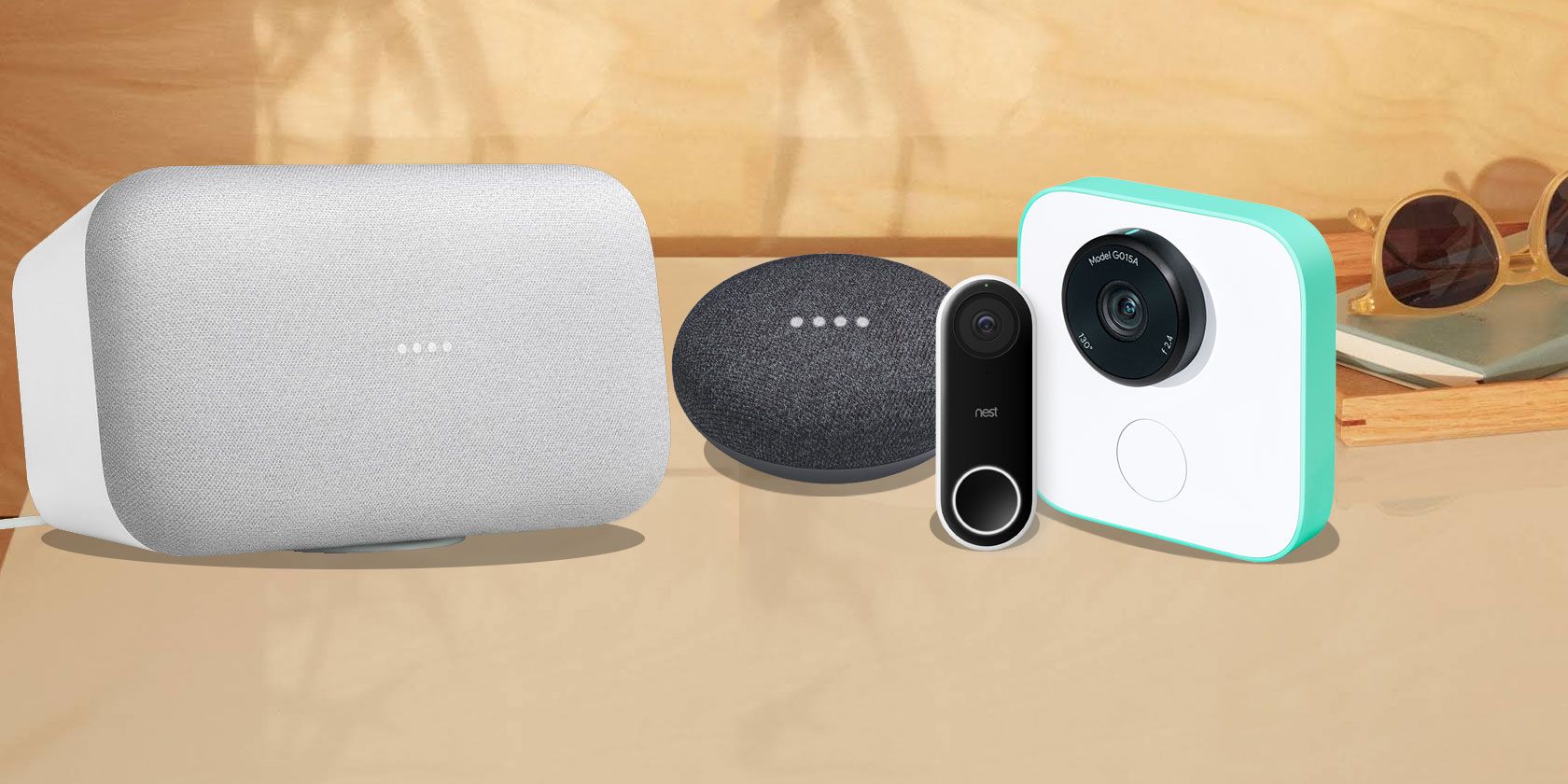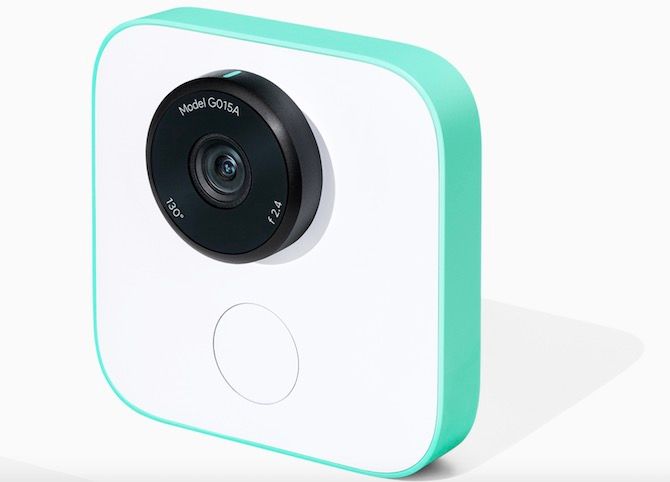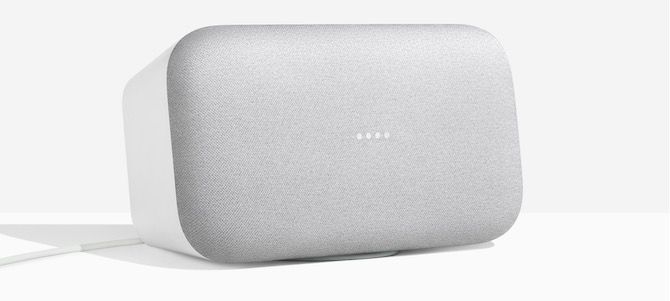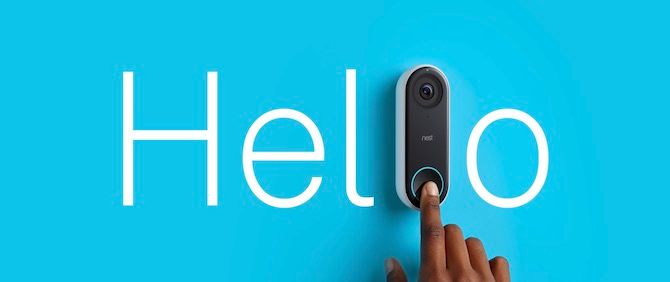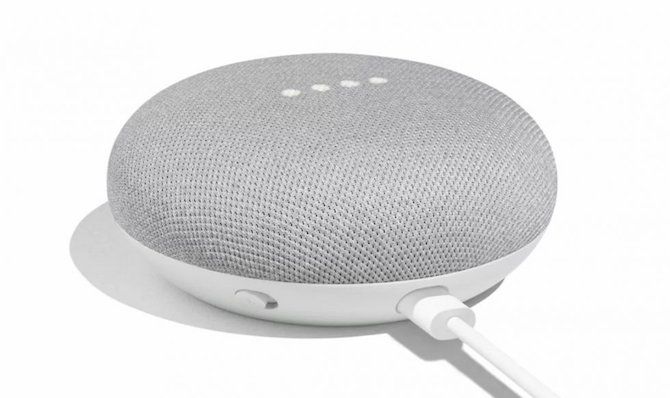Google recently introduced four new smart home products: Google Home Mini, Google Home Max, Google Clips, and Nest Hello. Before buying any of these new products, here are some questions to ask yourself.
1. Do You Want Google Having a Camera in Your Home?
Unlike many smart home cameras on the market, Google Clips does not store images on a cloud service. Instead, the device saves the files. These clips are viewable via Wi-Fi using your mobile device.
While Google could technically view your images from afar thanks to the Wi-Fi connection, they almost certainly wouldn't do this. Can you imagine the press coverage if they did?
Could someone hack the camera? Of course, they could, just like with any smart home device. However, this isn't likely either. When in doubt, be sure to change your passwords often.
If you're still concerned about security, Google Clips probably isn't for you. Instead, look for a camera that has a microSD card slot so you can take your images offline.
2. Are You Comfortable With Google Listening?
Both the Google Home Mini and Google Home Max work best when connected to the internet. The voice-controlled speakers can make phone calls, play music, control smart gadgets, and more.
Like the original Google Home speaker released in 2016, the Google Home Mini and Google Home Max don't record conversations. Instead, the device's built-in microphone listens for hot words after you say "OK Google."
As Google explains, the speaker records:
"What you say, and sends that recording (including the few-second hotword recording) to Google in order to fulfill your request. You can delete those recordings through My Activity anytime."
If you like the idea of having Google Assistant but prefer not have an open connection 24/7, you can always turn it off. You can disable the microphone on both the Google Home Mini and Google Home Max with ease.
3. Are the Devices Compatible With Your Smart Home?
To operate any of these new devices, you'll need a mobile device. For the Home speakers and Nest Hello, you can use an iOS or Android-based device. Google Home works nicely with many well-known smart home systems, including Philips Hue, TP-Link, SmartThings, and IFTTT, but does not integrate with the HomeKit framework. You can find a full list of services compatible with Google Home on the Google store website.
4. Should You Wait?
There are a lot of smart speakers on the market. Some of the newest ones won't launch until the end of 2017. In many respects, no matter the size, these devices all have similar features. The main difference is the intelligent voice system each employs.
Which Voice Assistant Is for You?
The Google Home speaker lineup, naturally, uses Google Assistant. By contrast, Amazon's Echo speakers feature Amazon Alexa. Apple's upcoming HomePod smart speaker works with Apple HomeKit and Siri, and the new Harmon Kardon Invoke speaker features Microsoft Cortana.
Want a choice of voice assistants on the same speaker? The Sonos One will eventually work with both Amazon Alexa and Google Assistant. It will also offer Apple AirPlay 2 support (think Siri).
If you have your heart set on using a specific voice assistant, your best bet is to wait until what you want is on the market.
Other Options
The Nest Hello video doorbell won't arrive on the market until 2018. With so many different video doorbells on the market, you don't need to wait for the Hello unless you have an undying loyalty to Nest products.
5. Do You Really Need a Smart Speaker?
Here's a dirty little secret about first-generation smart speakers: products like the Amazon Echo and Google Home offer adequate, but not extraordinary, sounds. Sufficient sounds were okay when you were being asked to pay around $150 for a first-on-the-market smart speaker.
However, we're now seeing $400 smart speakers arrive such as the Google Home Max and Apple HomePod. At this price point, you really should ask yourself whether a smart speaker is for you, or if you'd be better off investing in actual audio equipment.
Do you see yourself asking your speaker multiple questions each day? Would the best solution be to buy a non-smart speaker with better internals? Answer these types of questions before making a purchase.
6. How Many Clips Do You Expect to Get?
Google Clips is an attractive looking non-security camera for the home. At the heart of Google Clips is the ability to capture "motion photos." These are several seconds long clips with no sound. Thanks to machine learning, in time, your Google Clips will learn to recognize familiar faces, including cats and dogs.
Moving forward, you can view your clips to select the best moments. Share directly from the app, or use Google Photos to create movies and photo albums.
Sounds awesome, no? At $249, you need to decide whether Google Clips is worth it. Do you expect to record a lot of unique moments each week in your home? Do you have the time to edit the recorded clips? Would it be wiser to purchase a security-focused camera instead? These are essential questions to ask yourself.
7. Should You Wait and Try Before You Buy?
With so many different smart speakers, cameras, and doorbells on the market, it might be wise to see each of Google's new products up close before making a purchase. This hands-on approach will not only give you a better idea how the devices work, but you can also spend the time comparing them to other products.
Can't compare products at your local Best Buy? At least wait for the first wave of online reviews to arrive before making a purchase. Those reports will tell the story whether these new Google products are worth it or not.
It's an exciting time if you're a Google fan. With many new smart products headed your way, it's clear the Android maker remains committed to the smart home industry. It will be interesting to see where things go from here.
Which new Google product are you most excited about purchasing? Let us know below.

